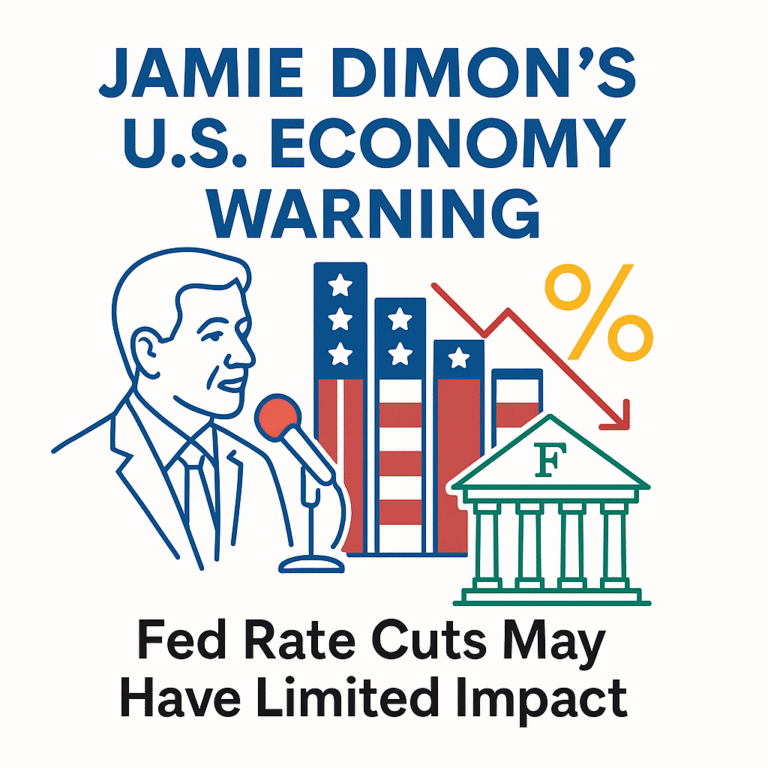Stocks Plummet as Trump Announces 25% Tariffs on Japan and South Korea
Trump announced 25% tariffs on Japan and South Korea, triggering the biggest US stock market drop in three weeks.
Analyze the market impact and implications of the new tariff policy set to take effect August 1st.
Key Takeaways
On July 7, 2025, President Donald Trump announced new tariff policies targeting 14 countries, including Japan and South Korea, sending US stock markets into steep decline. The tariff announcement mirrors rates Trump first mentioned on “Liberation Day” in April, with implementation scheduled for August 1st.
Financial markets reacted immediately to the tariff announcement, with all three major indices posting their largest drops in approximately three weeks. Investors are expressing concerns about the global economic impact and rising inflation pressures from the new trade policies.
Background and Tariff Details
President Trump unveiled his new tariff policy on Monday, July 7th, through a Truth Social post containing letters to various world leaders. The announcement includes:
- South Korea: 25% tariff rate
- Japan: 25% tariff rate
- 12 other countries: 25-40% tariff rates
- Implementation date: August 1, 2025
These tariff rates closely align with those announced on “Liberation Day” in April. While Japan was initially targeted for 24% and South Korea for 25%, both countries now face a uniform 25% rate.
Stock Market Response Data
US equity markets showed immediate negative reaction following the tariff announcement:
July 7th Market Close:
- Dow Jones Industrial Average: Down 422 points (-0.94%)
- S&P 500 Index: Down 0.79%
- Nasdaq Composite: Down 0.92%
Intraday losses were even more severe, with the Dow falling over 500 points at one point, reaching -1.1%. This marked the largest single-day decline for all three major indices in approximately three weeks.
Expert Analysis and Market Concerns
Major financial publications including Bloomberg and CNN Business have analyzed the market impact of Trump’s tariff announcement:
Primary Concerns:
- Inflation Pressure: Rising import prices due to tariffs
- Global Trade Contraction: Concerns over reduced international trade volume
- Federal Reserve Policy Impact: Potential changes to Fed interest rate policy amid rising inflation
- Supply Chain Disruption: Deteriorating relationships with key Asian trading partners
According to Tax Foundation analysis, Trump’s tariff policies are expected to increase the average American household’s tax burden by approximately $1,200 annually.
Economic Implications and Impact
Domestic Economic Effects:
- Consumer price increases due to higher import costs
- Rising raw material procurement costs for manufacturers
- Retail sector profitability concerns
International Economic Impact:
- Expected decline in Japan and South Korea exports to the US
- Accelerated global supply chain restructuring
- Increased volatility in major Asian stock markets
Policy Implications:
- More aggressive trade policy compared to the Biden administration
- Expansion of trade disputes beyond US-China tensions
- Slowing global economic growth due to strengthened protectionism
What’s Next
Short-term Outlook (Before August 1st):
- Negotiation opportunities remain before tariff implementation
- Expected continued stock market volatility
- Dollar strength and commodity price fluctuations
Medium to Long-term Projections:
- Possibility of retaliatory tariffs from trading partners
- Accelerated global supply chain diversification
- Potential extension of Fed tightening policy if inflation persists
Investors are closely monitoring negotiation progress and market reactions until the August 1st implementation date, with portfolio adjustments needed to prepare for increased volatility.
Brace for Market Turbulence as Trade Wars Escalate
Trump’s tariff announcement targeting Japan and South Korea has delivered an immediate shock to US equity markets, signaling the beginning of a new era of trade conflicts. Investors must prepare for potential negotiation outcomes and market volatility ahead of the August 1st implementation deadline.







